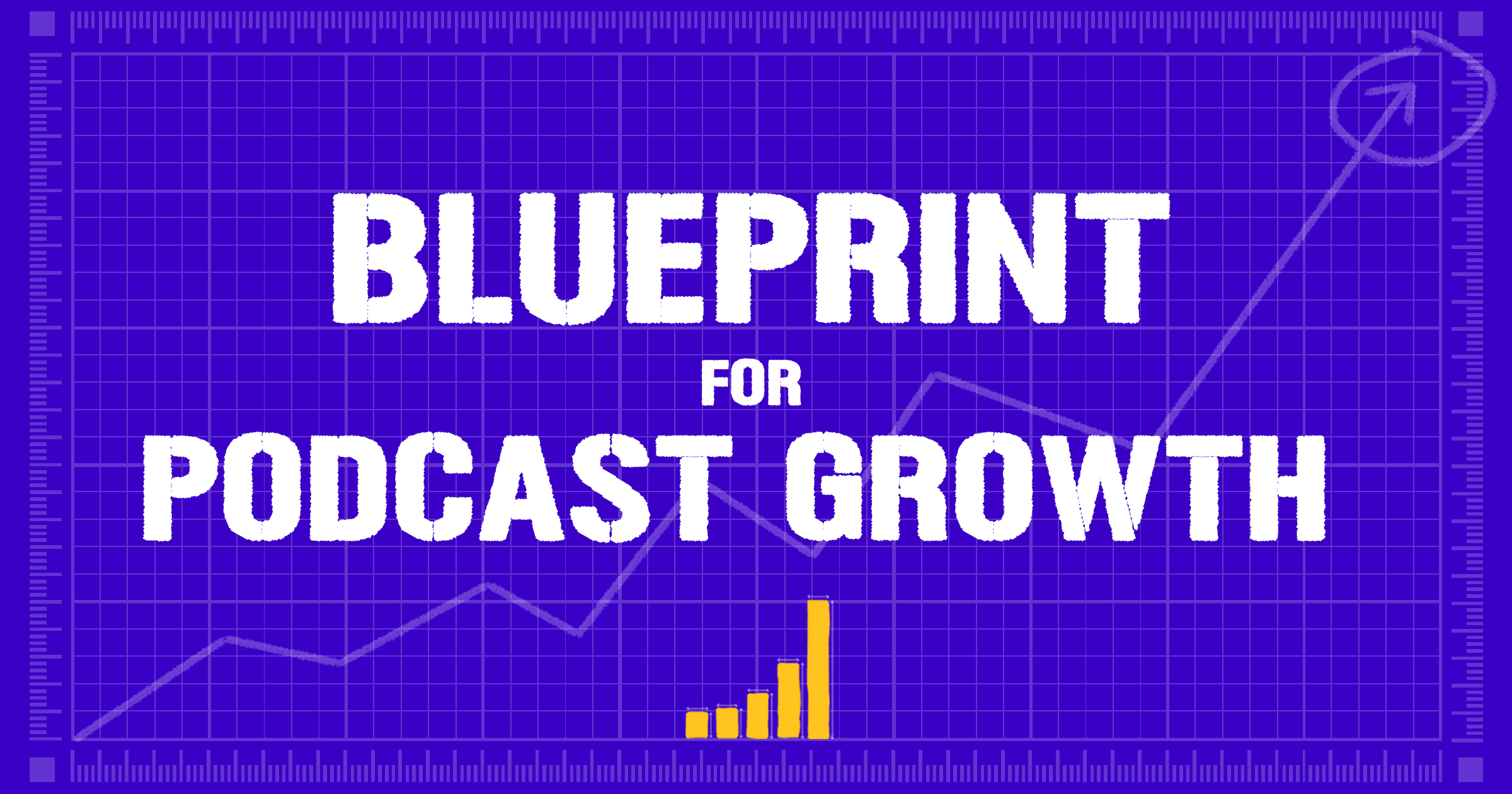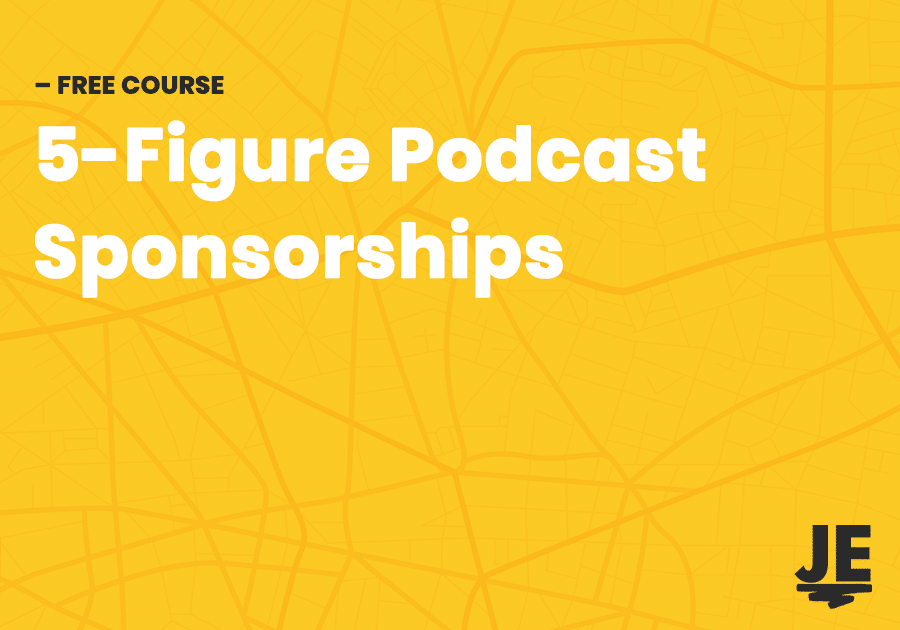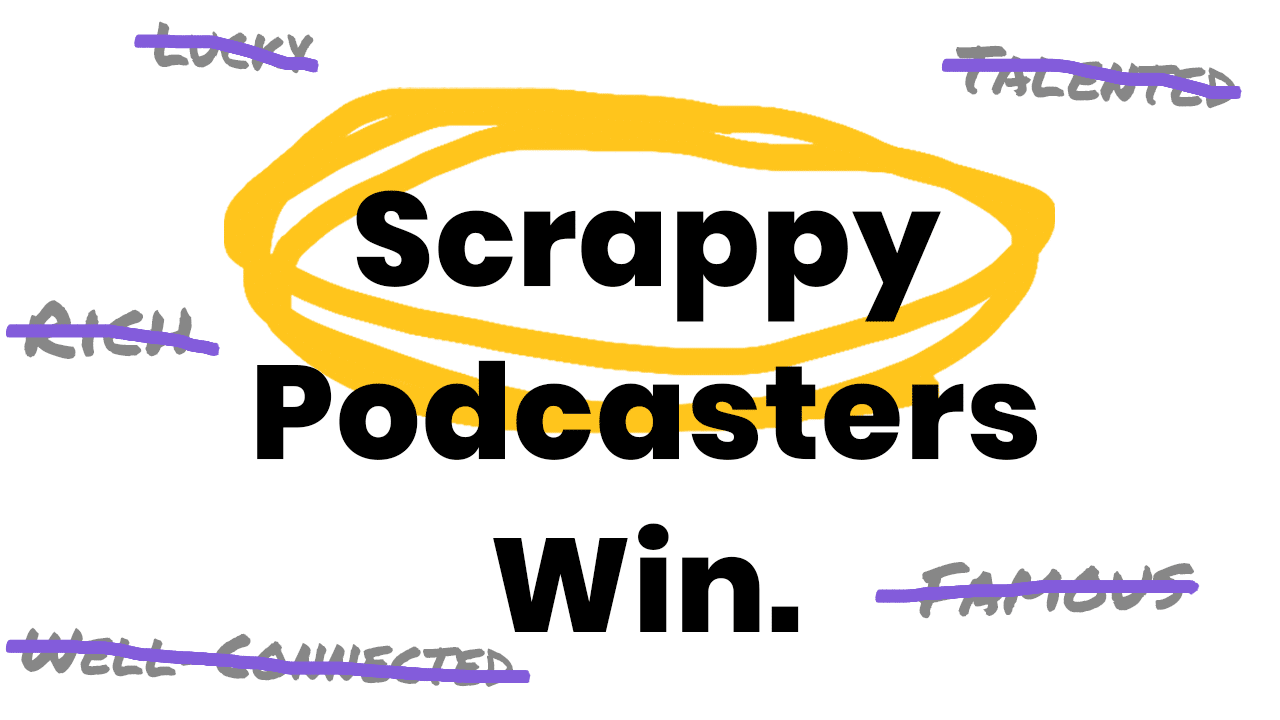There’s a good chance you won’t finish reading this article.
Sure you may skim through, read the highlights and make your way to the bottom of the page, but actually ready every word? Ain’t nobody got time for that.
We’re all aware that attention spans have rapidly dwindled over the past two decades, now dropping to an average of under eight seconds.
We see it in ourselves when we can’t bring ourselves to finish reading an article that we actually do want to read, in our friend who can’t ignore their phone for more than, well, eight seconds, and if you have kids…well, you get the idea.
Capturing Audience Attention
If you have a product or service you market using any kind of content, no doubt you’ve found yourself questioning how you should be structuring your content to reach people and hold their attention despite the dwindling amount of time you have with them.
Should all your blog posts be less than 300 words? Should your podcast episodes all come in at under 10 minutes, what about social posts?
Coming up with a content strategy can feel overwhelming. You don’t want to waste your time creating content that doesn’t capture and hold people’s attention, and of course, the whole point of your content is to get people to buy your offer. How can you possibly convey the value of your offer in less than eight seconds?!
Here’s the thing. Not every single piece of content is meant to make the sale. Every piece of content does not need to be a hand-crafted work of art that captures and expresses your creative genius.
Sometimes, your content’s only purpose is to remind people that you exist. Nothing more.
The Rule of Seven Updated Edition
I recently signed up for a month-long funnel building course and challenge offered by Russell Brunson and ClickFunnels.
Like most people in the online business world, I’d been aware of Russell and his company for a while, probably a couple of years.
I’d seen his name on podcast interviews, speaker lineups, seen his Facebook ads and even clicked on one or two, which obviously meant that I then saw about a bazillion more of them.
And yet, it took two years of exposure and dozens of touchpoints before I was finally willing to pull out my credit card and sign up for one of his offers.
This is not abnormal, and it’s a lesson we, as content creators, need to keep in mind when we’re crafting our own content and inviting people to take the next step into our ecosystem.
You may have heard the old “Rule of Seven” which stated that people need to see an ad seven times before they were ready to make a buying decision. Some new research now suggests that the number of touchpoints is up to as much as 33.
Even if we keep the old number of seven, if we think of our customer journey as a series of small, often non-monetary sales, that’s a lot of content we need to be putting out to ensure we’re providing our audience members those touchpoints to guide them through our funnels.
But remember, not every single piece of content needs to be transformational for the members of your audience.
Real marketing is about building an authentic relationship with your audience, and while meaningful relationships do have deep, heart to heart conversations, they also have much more frequent moments of fun, playfulness, and sharing what you had for lunch.
The Role of Your Content
When you think about your content this way, you can begin to divide your content into categories, each with a distinct role to play in guiding your audience through your ecosystem. Let’s look at some of them.
Flagship Content: Education + Insight
Your flagship content is the content where you get to really dive in deep and share your knowledge and experience with your audience.
While you want to be consistent with your flagship content, it’s likely that this regularity comes in the form of a weekly or even bi-weekly cadence
It might be a podcast, long-form blog posts, email newsletter, YouTube channel, or whatever other platform works for you, some people do a great job of this through (relatively) long-form Instagram posts.
This is the content that provides you the time and space to speak directly to the people who are likely already bought into your vision, at least a little, and you can open up and share more of yourself and your process without needing to boil everything down to a pithy, quick-hit social graphic.
This is likely the content that does give your audience the aha-moments and is essential to build up their trust that you’re the right person who can help them get to the next step in their journey, likely through one of your paid offerings.
But most people aren’t going to immediately dive into your flagship content. To get them there, you need to sell them that it’s worth investing their time in.
Conversational Content: Interaction + Connection
Conversational content is short-form and still contains substance, just in smaller doses.
This type of content can often be fairly easily pulled out and repurposed from your flagship content and packaged into shorter tidbits that point back to the full, in-depth conversation for people who are interested in learning more.
This is what we help people do at Counterweight Creative, using podcasts as a content engine to drive their businesses forward and help them become the authority in their space.
Often posted on social channels, these pieces of micro-content are more easily shareable and are often better at facilitating conversation and interaction with your audience.
This content might ask a question and invite your audience to engage with you and share their own thoughts and experiences on a topic.
While you’re free to post this content across your social channels, it can be hard to keep up with multiple conversations on different platforms at once. I’d recommend choosing one social platform you want to use to carry on conversations with your audience and direct your audience there to engage with you.
For this type of conversational content, while I’d suggest a cadence of no more than once a day, remember that your (or your team’s) continued interaction and engagement in the conversation is an essential part of what makes it helpful and valuable for your audience, and effective in moving people towards committing more time to you in the future.
General Awareness Content: Introduction + Reminders
The last type of content is general awareness content.
This content is short, easily digestible, and should present a hook or open a curiosity gap that intrigues people who view it to click through to the rest of your social profile, website, etc.
But on top of inviting people deeper, one of the main purposes of this type of content is to simply establish your existence and presence in people’s minds.
While this content will be seen by everyone, it’s primary targets are people who are not aware of you at all yet, people who are aware of you but have never engaged more deeply with you than viewing this content, and people who may have engaged with you in the past, but who have since fallen out of your orbit.
For these audiences, the goal here is to provide them an introduction to you and then regularly remind them of your existence and how you help people.
This content is not overly educational or conversational, but rather invites people back to those dedicated channels.
While you don’t want to create an endless stream of spam, I’m a fan of posting this type of content across all the social channels on which you are active, at least daily, for some channels even more than daily.
If that sounds like a lot of content to create, remember that with a little work this content can fairly easily be repurposed from your flagship content to create a consistent supply.
It’s easy to think of this content as low value, if not downright useless. But this is exactly the type of content I viewed from Russell Brunson and ClickFunnels for two years before eventually taking him up on a paid offer.
It might take some time, but if done well, it works.
The Goal of Your Marketing
When talking about audience funnels, it’s easy to start viewing your audience as pieces in a game rather than human beings, so I just want to take a moment to bring the focus back to the purpose of real, effective marketing for people like us who are looking to create impact through the work we do and make a living doing it.
With all the marketing you do, including every bit of content in each of the categories we talked about, Flagship, Conversational and Awareness, your goal should be to build an authentic relationship with the members of your audience.
As in any relationship, while every interaction might not have the same depth of connection, each one does need to have a foundation of empathy, respect, and of seeing the other for who they are.
Approach your marketing this way with patience, generosity and consistency and you’ll create raving fans for life.
- Why Wouldn’t They Just Google It? - March 14, 2021
- Before You Can Market Your Podcast, You Need To Create A Marketable Podcast - March 11, 2021
- Podcast Promotion & Marketing Are Different (Here’s How to Use Each Effectively) - March 10, 2021




